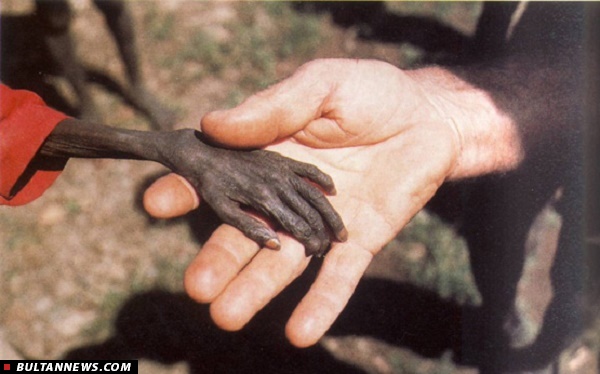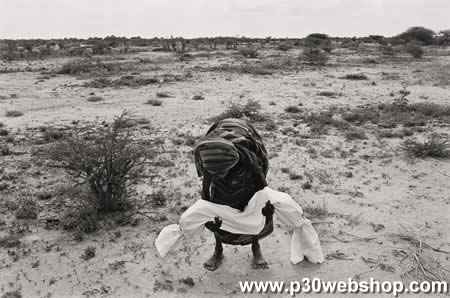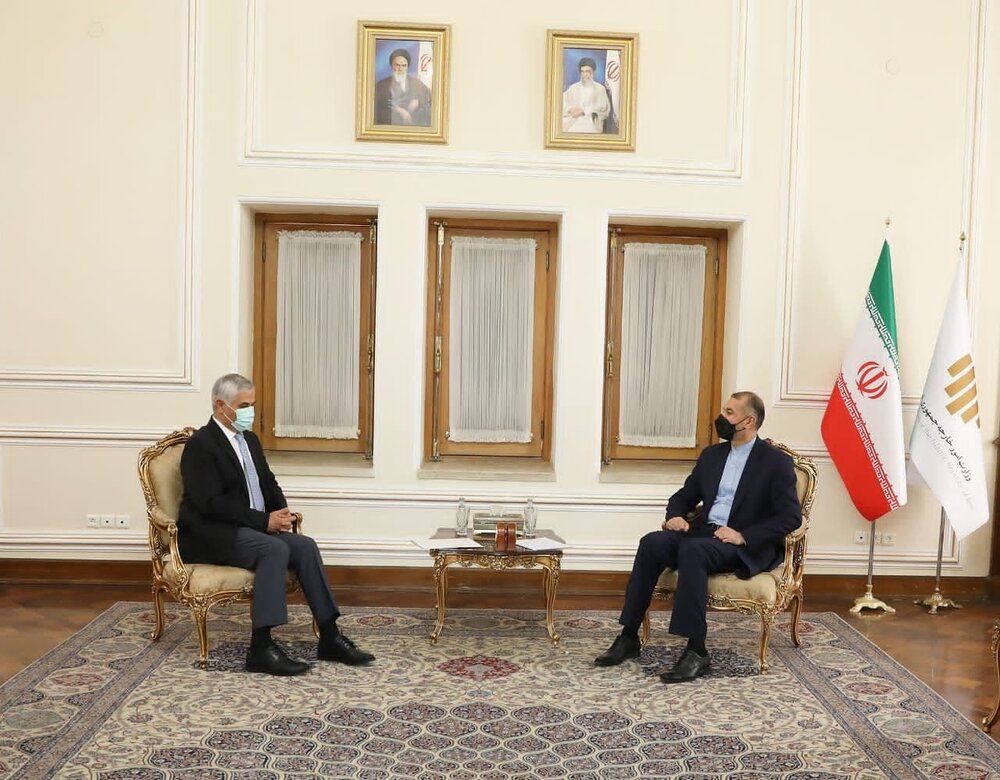‘Rising Africa’ is a term much bandied around in the investment world in 2015, often used by investors in developed economies fleeing from depressed yields in their own backyards and alighting on a continent that has an altogether more promising growth story.
As this growth picks up, it means not just more money coming into Africa, but more money generated within Africa, sloshing around and waiting to be put to good use. African investment in Africa has picked up significantly in the past couple of years, but finding suitable investment destinations, negotiating regulatory constraints and managing risk effectively are still big hurdles for local investors.
Growing markets
Investment in Africa from within Africa was once mainly the preserve of governments and high-net-worth individuals, but is now buttressed by the world’s fastest growing middle class. According to research from the African Development Bank, the middle class, defined as those with a spending power of between $2 and $20 per day, now encompasses one-third of Africa’s 1.1 billion population, a three-fold increase in the past three decades. Since 2000, an estimated 31 million African households have joined the ranks of the middle class thanks to high economic growth.
This economic expansion has led to higher savings rates and a greater focus on protecting already-accrued wealth across the continent. More than four-fifths of African pension fund assets reside in South Africa, but other countries are starting to catch up. The Ghanaian pension fund industry grew by 400% between 2008 and 2014, while Nigeria’s tripled to $25bn in the same period. The actual number of Nigerian contributors is still small, just 6 million out of a total population of 173 million, but assets under management in the country are increasing by 30% each year, and sign-up rates are expected to grow in tandem.
In the insurance sector, Africa accounts for just 0.2% of premiums written globally, but strong growth is also expected in this field. According to the National Insurance Commission of Nigeria, premiums in the country are expected to quadruple by 2019 to more than N1000bn ($6.3bn). As with pensions, South Africa takes up a large slice of the continent’s insurance industry with about 70% of total assets. But even here there is huge scope for growth, as only 30% of adults have taken out a policy.
Another aid to the higher level of local investment has been an overall increase in stability and an improvement in governing standards across the continent. Looking at Nigeria again, the recent election and subsequent smooth transition of power from former president Goodluck Jonathan to Muhammadu Buhari defied many expectations and was the first peaceful change of government experienced by the country. Elsewhere, the civil wars that blighted much of Africa in the second half of the 20th century have largely ended, and almost half of Africa’s 54 countries can be described as democratic or partially democratic in nature.
“A lot of the governance reforms undertaken in the past few decades are starting to bear fruit. Africa is a more transparent place, and the regulatory environment has become more encouraging for investors,” says Adesegun Akin-Olugbade, executive director, chief operating officer and general counsel at the Africa Finance Corporation. “Thanks to increased globalisation, government agencies and private sector funds are beginning to benchmark their governance to international standards.”
Where to invest?
As investing power within Africa grows, decisions must be made on where to unleash it. In developed countries, capital markets form the backbone of the investment market, but in Africa this option looks less attractive. Government bonds dominate debt capital markets on the continent, but few countries can offer a viable secondary market in such instruments, never mind issuance from the private sector. African sovereign debt often takes the form of Eurobonds, aimed at large international funds and beyond the reach of domestic institutional investors.
The listed equities space is equally problematic, with Nigeria and South Africa offering the continent’s only decent-sized stock exchanges. Similar venues in other countries exist in name only, and others offer miniscule liquidity in which to trade.
Many believe private equity, which raised $4bn for investment in Africa in 2014, offers the best avenue for local investors. “Local pension funds and insurance companies require long-term investments with minimum yet attractive returns to match their liabilities,” says Laureen Kouassi-Olsson, investment director and financial institutions head at private equity firm Amethist Finance.
“Furthermore, they are often constrained by regulators and cannot invest outside their domestic region or monetary union. As local capital markets don’t offer many suitably long-term investments, especially in western and central francophone Africa, they often invest in real estate, but that is prone to dangerous bubbles. Private equity is thus an attractive alternative as it offers an exposure to the fast-growing private sectors of these economies. It also lowers significantly the concentration risk of institutional investors’ portfolios thanks to the diversity of sectors and companies that can be targeted. For now they are the best route for local institutional investors in Africa.”
Francophone Africa first
In March 2014, Amethist Finance established the first private equity fund to be domiciled in Francophone Africa. This would not have been possible prior to recent regulatory reforms introduced by the West African Economic and Monetary Union (WAEMU), comprised of Benin, Burkina Faso, Côte d'Ivoire, Guinea-Bissau, Mali, Niger, Senegal and Togo, which liberalised the treatment of investment funds. The fund is €40m in size, with a 50/50 contribution from international investors and WAEMU-based investors. Most of the latter are insurance and pension funds, and are forbidden from investing in assets based outside the monetary union. Consequently, there is huge demand for viable, local investments from local market participants.
“The fund will be aimed at projects in the small and medium-sized enterprise [SME] sector that generate consistent returns over a long-term period, such as those in financial services, fast-moving consumer goods or agri-business,” says Ms Kouassi-Olsson. “Investors can expect returns of 15% to 20% per annum, far above the GDP growth rate of the individual WAEMU countries.”
Though the fund is now closed to further cash injections, Amethist has noted the strong demand from local investors and hopes to establish a vehicle that derives 100% of its funding from these sources in the future. According to Ms Kouassi-Olsson, it is possible that this secondary fund will be even larger, consisting of €70m to €100m-worth of WAEMU money. “The liquidity is there, local investors are very bullish on the economic prospects for the region and they want to contribute to its expansion. We also hope that these types of vehicles are replicated by other private equity funds in the region to further service this demand,” she says.
If this replication does occur, Amethist believes it may not be long until there is enough capacity in the Francophone Africa private equity market to create a local fund-of-funds industry that will bring in a wider range of less sophisticated investors. For Ms Kouassi-Olsson, this would also improve the diversity of African private equity funds and broaden the range of sectors that benefit from their investment.
“There is a huge need to finance domestic SMEs in Africa. This is the big bottleneck preventing further growth on the continent. Local banks are reluctant to do it because of the risk factors involved, and large private equity funds tend to focus on financing large companies and projects,” she says. Under a fund-of-funds structure, an array of smaller private equity vehicles could operate and receive investment, providing targeted financing to smaller economic participants. “I don’t expect to wait too long for this to happen, perhaps three to five years,” says Ms Kouassi-Olsson.
Dearth of projects?
Charlotte Aubin-Kalaidjian, founding partner of investment advisory firm Greenwish Partners, strikes a more cautious note, however. “The main challenge for local investors is the lack of structured investment opportunities, be they pooled vehicles or direct investments. In the renewable energy infrastructure sector, which we focus on, single project costs range from $20m to $80m for solar and can reach $1bn for hydro. These projects have long-term, inflation-hedged and predictable cashflow distributions. This matches the desired risk/return profile for domestic institutional and private investors looking for high yields and tangible assets," she says.
Nevertheless, Greenwish has assembled a platform for sub-Saharan renewable power investment that is actively courting institutional investors from Francophone Africa. “These investors like to invest in what they understand. They are focused on financing the real economy through tangible projects, such as renewable energy, that also bring solutions to the continent's challenge to overtake the chronic electricity shortages across Africa,” says Ms Aubin-Kalaidjian.
As well as being in short supply, energy is often three or four times more expensive on a kilowatt-per-hour basis for African consumers than it is for their peers in Europe. It is a sector that can generate good returns, and is set to expand significantly in the coming years – the continent will have to add 250 gigawatts of generating capacity by 2030 to keep up with population growth.
In its latest foray, Greenwish secured $50m of investment for smaller scale solar sites in central and west Africa from international and local sources. “Originally we had a small majority of international investors. However, the enthusiasm during our roadshows in Africa indicates that this may soon be reversed to a small majority for local investors,” says Ms Aubin-Kalaidjian.
Greenwish also emphasises the wider importance of securing investment partners from the domestic economy. Despite recent improvements, political risk within many African countries is still high, particularly for large projects that require sign-off from multiple different state agencies. The involvement of local investors often represents a more effective means of putting pressure on governments to push forward a stalled project or remove other obstacles that may present themselves.
South African slacking?
Given the outsized nature of the South African financial sector when compared with the rest of Africa, it is no surprise that many look to the country’s insurance and pension funds to provide a boost to investment within Africa. However, it is neighbouring Namibia that has blazed a trail by ensuring that its pension funds invest at least 1.75% of their assets in private equity.
“The minimum unlisted allocation is a fairly low number, but it is a breakthrough. Different African governments have said that pension funds need to support SMEs and infrastructure development through unlisted investments, but Namibia has taken the step of forcing the issue through regulation. Namibian funds will make a general allocation to unlisted investment managers who will then seek suitable investments,” says Kasief Isaacs, portfolio manager at Mergence Investment Managers in Cape Town.
Regulators, governments, pension funds and managers in other African markets are watching developments in Namibia closely. This is of particular interest in the South Africa market, where the need for market stimuli at SME level is especially acute and the government’s R4000bn ($324.2bn) infrastructure development strategy will need to be funded at least in part by the private sector.
In 2010, reforms were made to South Africa's Regulation 28, which governs the activities of domestic pension funds, allowing 25% of assets to be placed in other countries. Funds can devote an additional 5% of assets to investments in the rest of Africa if they wish, bringing the international investment allocation to 30%. The reforms also took the unusual step of imposing a minimum investment in unlisted assets of 1.75% and a maximum of 10%.
However, it is understood that few funds take full advantage of the unlisted allocation, and only the largest take the international allocation close to its limit. The investments that do go abroad are generally aimed at safer, developed market assets.
“Most South African fund managers are still cautious about putting money into the wider continent,” says Mr Isaacs. "Private equity is probably the best way of connecting investors and investments in Africa. We would like to see more progress on that front, everyone would.”
Concerns over foreign exchange volatility and inflation are the main drivers of this caution. The South African rand itself has seen its value fall dramatically against the US dollar over the past two years thanks to poor economic growth in South Africa. Other African currencies, such as the Ghanaian cedi and the Nigerian naira, have suffered a similar fate. Hedging African currency moves is often expensive or practically impossible due to poor liquidity.
Regulation also stands in the way of inter-African investment. Many countries impose WAEMU-style controls on the ability of local investors to place money outside their own borders. “In Nigeria, at least 60% of private equity allocations by pension funds must be invested within the country. Botswana has an unlisted component coming through in the strategic allocations for its pension funds, but mandates often require that to be allocated to investments within Botswana. Regulators and pension fund managers are trying to find the balance between supporting the investment requirements in their local economy and giving local pension fund investors a wide enough scope to make good returns,” says Paul Frankish, director of strategic initiatives at African Infrastructure Investment Managers in Cape Town.



























































































































































































































































